Starting a Dairy Farm: A Comprehensive Guide
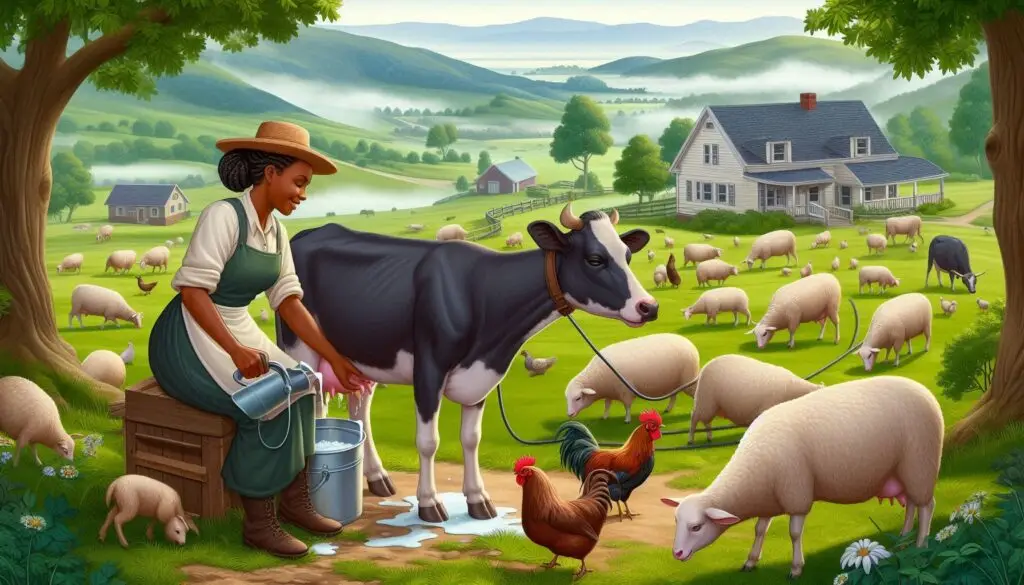
Introduction
Starting a dairy farm can be a rewarding venture. It offers both financial opportunities and the chance to contribute to local food production. However, it requires careful planning and investment. In this guide, we will explore the capital and land requirements for starting a dairy farm, as well as other essential aspects of the business.
Why Choose Dairy Farming?
Dairy farming is a vital part of agriculture. It provides milk, cheese, yogurt, and other dairy products that are staples in many diets. According to the Food and Agriculture Organization (FAO), dairy farming contributes significantly to global food security.
Understanding the Basics
Before diving into the specifics, it’s important to understand what dairy farming entails. This includes raising cows for milk production and managing the entire process from feeding to milking.
Capital Requirements for Starting a Dairy Farm
The capital required to start a dairy farm varies based on several factors. These include the size of the operation, location, and specific business goals.
Initial Investment Breakdown
- Land Costs: The cost of land can vary widely based on location. On average, prices range from ₹1 lakh to ₹10 lakh per acre. For small operations, you might need around 5 to 10 acres, while larger farms may require over 100 acres.
- Infrastructure: Building barns, milking parlors, and storage facilities can cost between ₹10 lakh to ₹50 lakh. Quality infrastructure is crucial for efficient operations.
- Equipment Costs: Essential equipment like milking machines and feeding systems can range from ₹5 lakh to ₹20 lakh. Investing in good equipment enhances productivity.
- Livestock Costs: The cost of purchasing cows varies by breed and age. Expect to pay between ₹15,000 to ₹30,000 per cow.
- Operational Costs: Annual costs for feed, veterinary care, labor, and utilities can total between ₹2 lakh to ₹4 lakh.
Example of Capital Calculation
Let’s consider an example for clarity:
- Land (10 acres): ₹10 lakh
- Infrastructure: ₹20 lakh
- Equipment: ₹10 lakh
- Livestock (20 cows): ₹6 lakh
- Operational costs (first year): ₹3 lakh
Total Initial Investment: ₹49 lakh (approximately $60,000).
Land Requirements for Dairy Farming
The amount of land needed depends on your farming scale and practices.
Small-Scale Farms
For small-scale operations with 20 to 50 cows, around 5 to 10 acres is sufficient. This allows space for grazing and necessary facilities.
Medium-Scale Farms
Medium-sized farms typically require about 20 to 40 acres for 100 to 200 cows. This size accommodates more extensive grazing areas and additional infrastructure.
Large-Scale Farms
Large-scale operations may need over 100 acres, especially if you plan to grow your own feed crops. This not only supports your herd but also reduces feed costs.
Importance of Land Quality
The quality of land plays a significant role in dairy farming success. Good soil quality ensures healthy pasture growth. Additionally, access to clean water is crucial for livestock health.
Infrastructure Needs for Dairy Farms
Investing in proper infrastructure is essential for efficient dairy farming operations.
Key Facilities Required
- Cattle Sheds: Provide shelter for cows with adequate ventilation and space.
- Milking Parlors: Design an efficient milking area that minimizes stress on animals.
- Feed Storage Areas: Ensure proper storage of feed to maintain quality.
- Calf Pens: Create separate spaces for calves to ensure their safety and health.
- Manure Management Systems: Implement systems for waste management to maintain hygiene on the farm.
Designing Your Farm Layout
A well-planned layout enhances workflow efficiency. Consider separating areas for feeding, milking, and resting spaces for cows.
Choosing the Right Breed of Cattle
Selecting the right breed is crucial for maximizing milk production and profitability.
Popular Dairy Breeds
- Holstein: Known for high milk yield.
- Jersey: Produces rich milk with high butterfat content.
- Guernsey: Offers good milk quality with high protein levels.
- Ayrshire: Known for adaptability and good milk production.
Factors Influencing Breed Choice
When choosing a breed, consider factors such as climate adaptability, milk production goals, and market demand.
Operational Strategies for Dairy Farming
Efficient operations lead to higher profitability in dairy farming.
Feeding Practices
Proper nutrition is vital for milk production:
- Use high-quality feed that meets nutritional needs.
- Consider growing your own fodder crops to reduce costs.
Health Management
Regular veterinary check-ups are essential:
- Vaccinate cows against common diseases.
- Monitor herd health closely to prevent outbreaks.
Milking Techniques
Implement efficient milking techniques:
- Use modern milking equipment that minimizes stress on cows.
- Train staff on proper milking procedures.
Marketing Your Dairy Products
Once you start producing milk, marketing becomes essential.
Identifying Your Market
Determine your target market:
- Local grocery stores
- Restaurants
- Farmers’ markets
Branding Your Products
Create a strong brand identity:
- Develop attractive packaging.
- Highlight unique selling points such as organic or grass-fed products.
Utilizing Online Platforms
Consider selling through online platforms or social media channels to reach a broader audience.
Financial Management in Dairy Farming
Keeping track of finances is crucial for sustainability in dairy farming.
Budgeting Basics
Create a detailed budget that includes all expected costs:
- Initial investments
- Operational expenses
- Marketing costs
Record Keeping
Maintain accurate records of all transactions:
- Use accounting software tailored for farmers.
- Track income from sales versus expenses regularly.
Conclusion
Starting a dairy farm requires significant planning and investment but can be highly rewarding both financially and personally. By understanding capital requirements, land needs, infrastructure necessities, operational strategies, and marketing techniques, you can set yourself up for success in this vital industry.
For more insights into dairy farming practices and innovations, you can explore resources from organizations like Dairy Farmers of America or National Milk Producers Federation. Additionally, check out articles on external linking best practices which emphasize the importance of credible sources in enhancing your content’s authority.
More from Livestock Production and Management:
https://wiseias.com/livestock-farming-guide/
https://wiseias.com/livestock-production-trends/

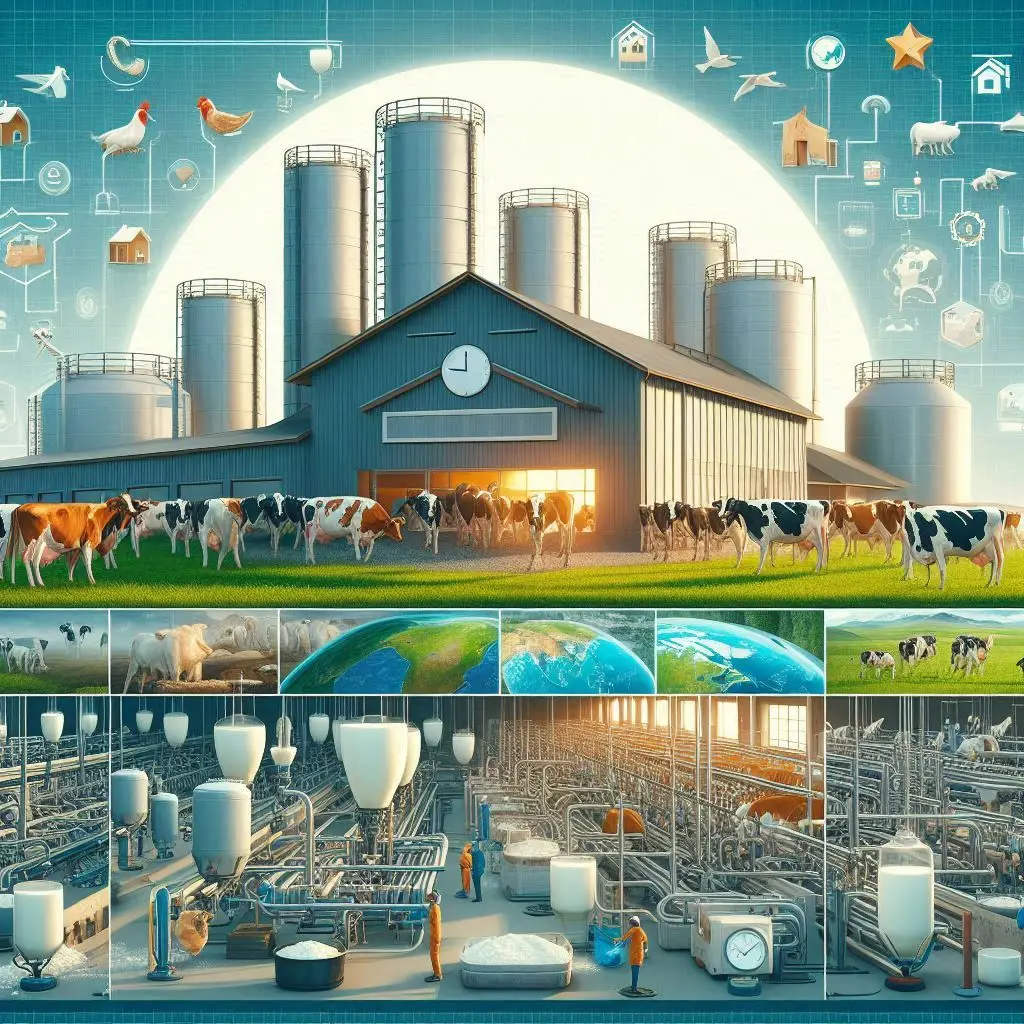
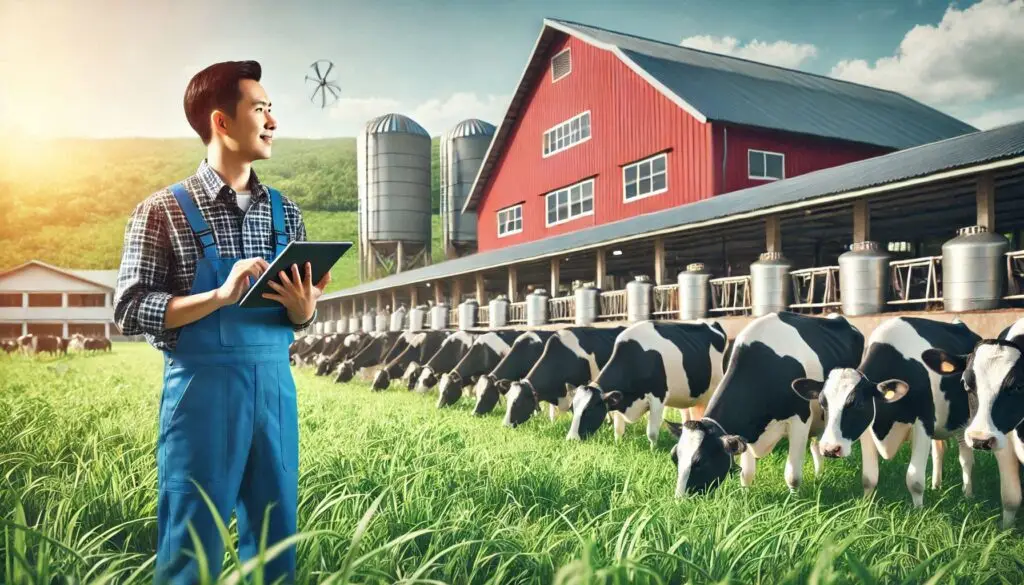

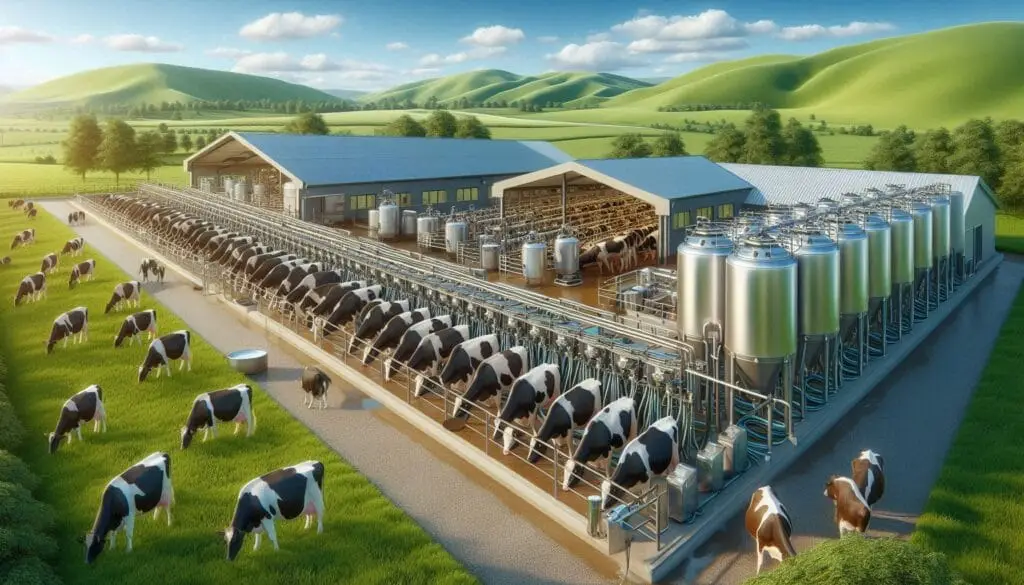
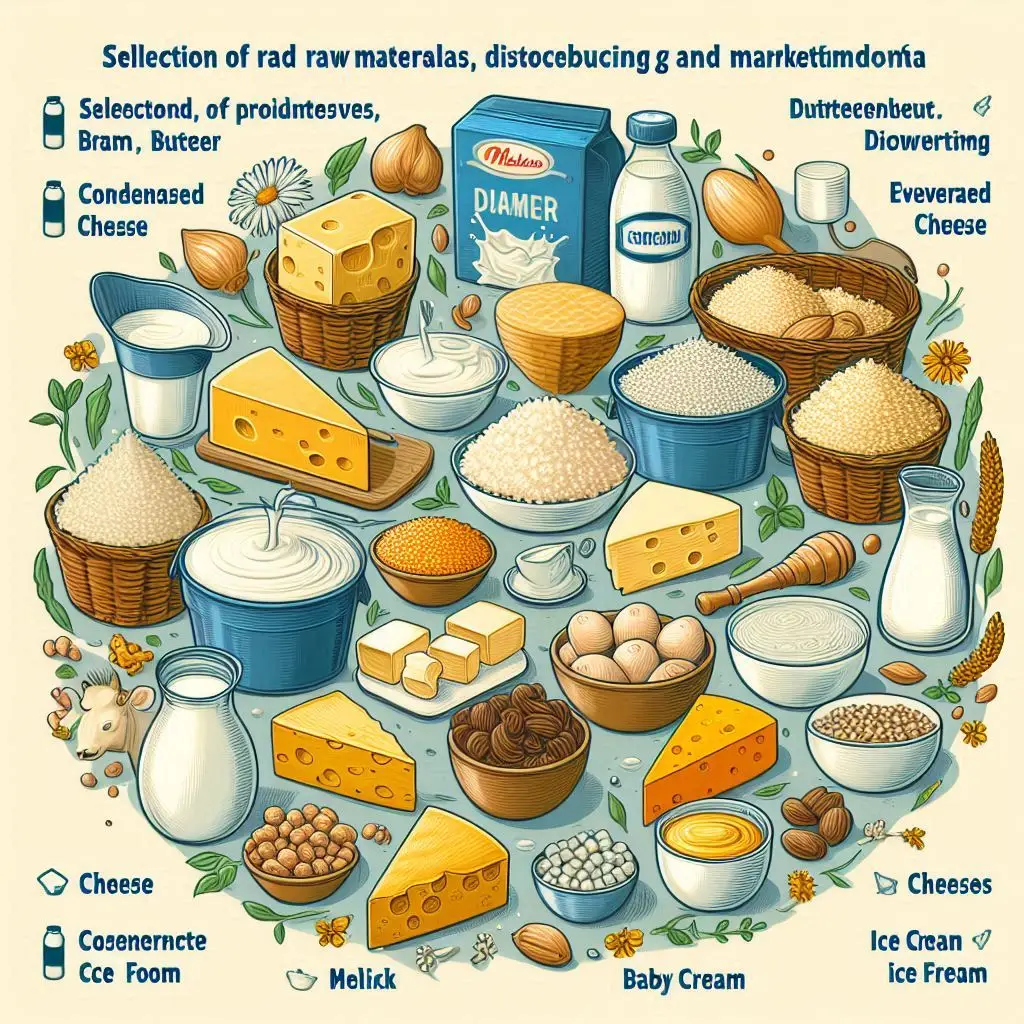
Responses